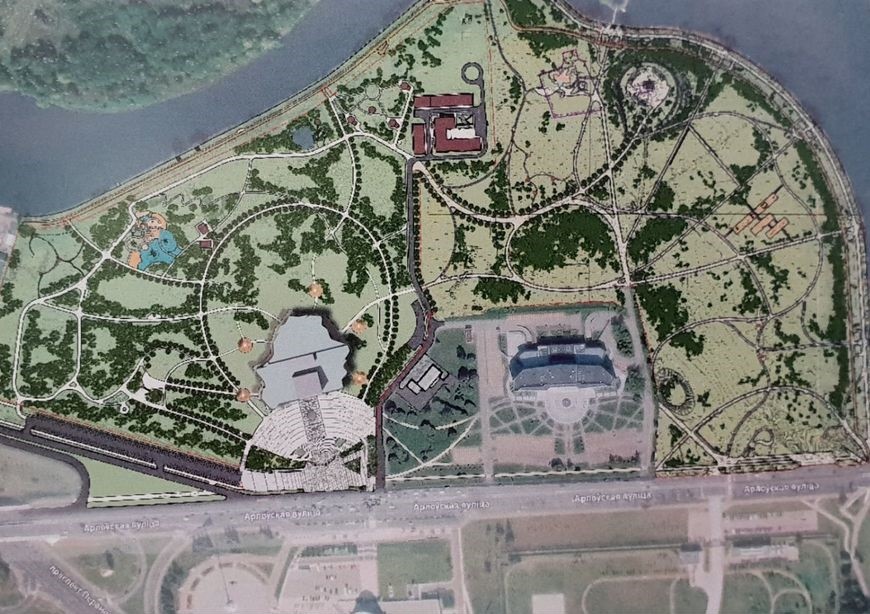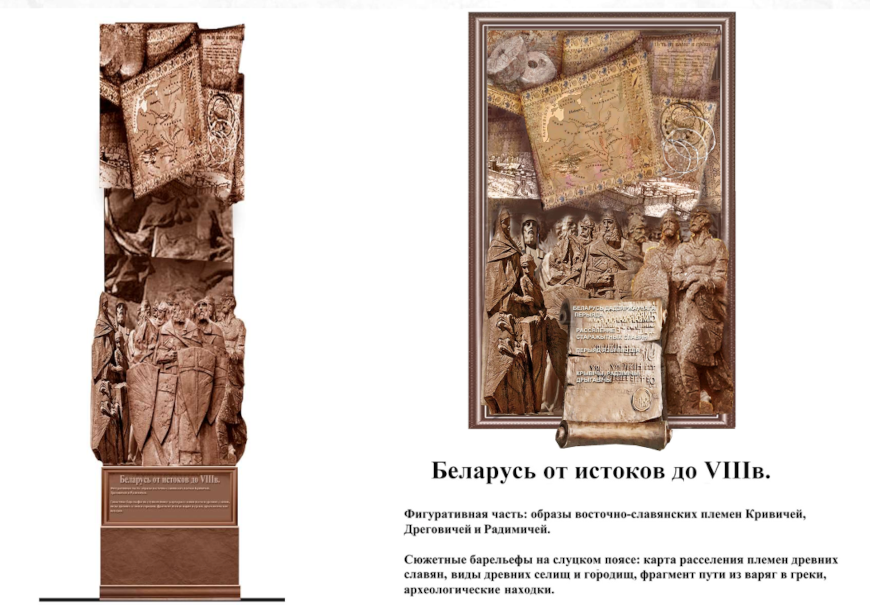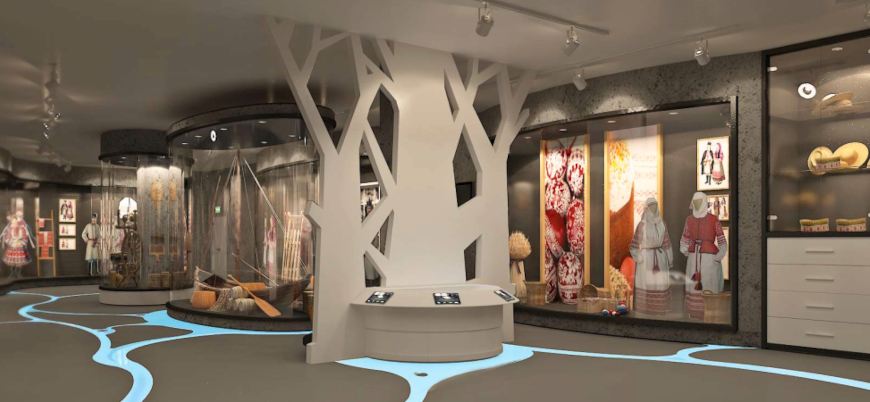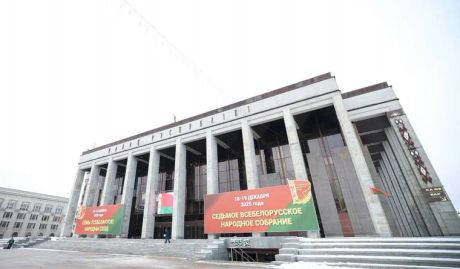Lukashenko convenes meeting to discuss new National History Museum concept
14:00, 6 September
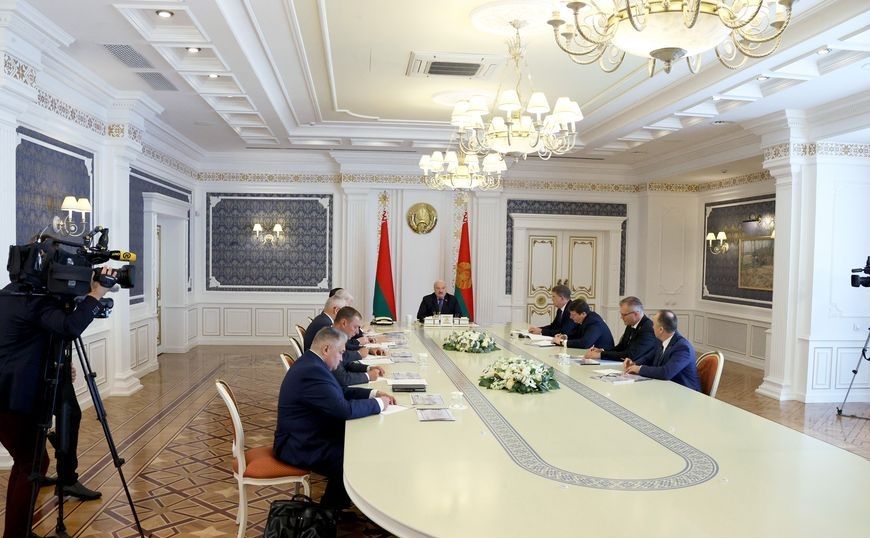
Photo:BelTA
Belarusian President Aleksandr Lukashenko convened a meeting on 6 September to discuss the architectural solution and the concept of the exposition of the cultural and historical complex National History Museum
- Share on Facebook
- Share on VK
- Share on Twitter
The head of state said opening the meeting that on the agenda was the issue of fundamental importance for the Belarusian state - the construction of the new Belarusian National History Museum. “There should be that type of a museum that will show young visitors that we have the right to our statehood, that we have achieved it, earned it by hard work, sweat and blood, having lived not even a century, but a millennium. The museum should be a vivid display of our history,” the president said.
“No matter what happens around the country, no matter how busy we are with current issues, matters of state building will always be in the center of our attention,” Aleksandr Lukashenko said.
According to the president, Belarus has done a lot in this area over the 30 years of its sovereignty. “We have decided on the approaches to the history of Belarusian statehood and the state policy on history in general. We have stopped being ashamed of some periods of our history. We speak about it honestly, openly, in the way we understand it. This resonates with particular relevance today, especially ahead of People’s Unity Day. The museum is the next step in this endeavor,” the president added.

The main goal is to show the Belarusians’ hard thousand-year-long path to statehood. “Despite all the political whirlwinds that swept over our country, the Belarusian people have managed to preserve and develop their special identity, language, culture, their unique talent and peaceful nature. We have come a difficult path and achieved high results. This should be an object of pride, especially for our youth,” the head of state emphasized.
According to Aleksandr Lukashenko, there should not be any nationalistic or patriotic overreach in the content of the exposition. “It should reflect an objective view of our history so that both Belarusians and other peoples could agree with its interpretation or, at least, could not reject and deny it. My main requirement is to present historical facts as truthfully as possible,” the president said.
The head of state believes the location of the museum to be the right one. The construction of this facility will complete the look of the area, which is already called the quarter of Belarusian statehood, which also includes the Palace of Independence, the Supreme Court, and the State Flag Square.
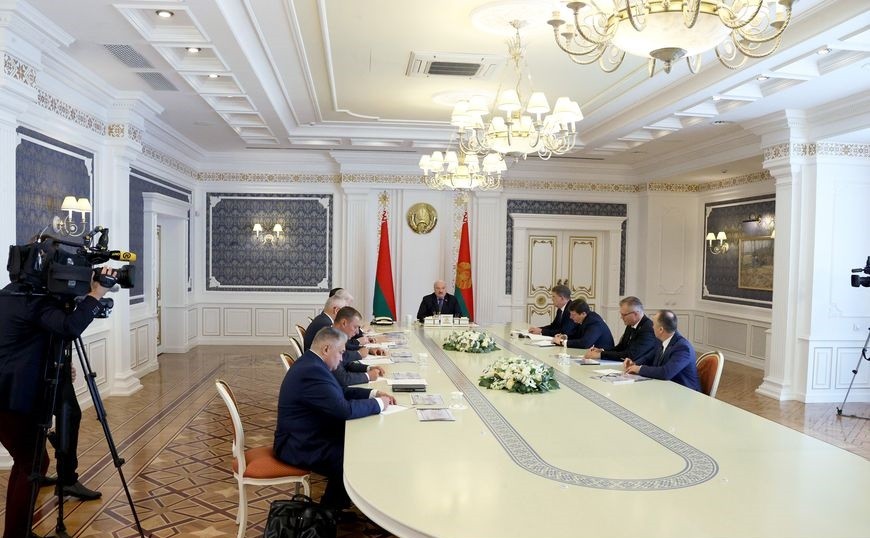
“The museum should become an iconic landmark of the country. It should delight both with its modern architecture and the interior,” Alexander Lukashenko said.
The president said that such a facility should have been built in Belarus long time ago. “Any self-respecting state developed its fundamental buildings, museums long ago for the new generation to feel pride in what the previous generation achieved,” the head of state said.
The president placed prime focus on the architectural solution: “It should reflect the national spirit of the country. The maintenance and upkeep of the building, engineering structures and other issues are of utmost importance as well.” As for the museum exposition, the head of state believes it is important to maintain a balance between traditional canons and modern information technology. “In short, the museum should become a new world-class center,” Aleksandr Lukashenko said, adding that it was necessary to study the museum development experience in other countries and adopt the best of it.
“We are developing (and we should realize this) an object not for a year or two. In the new museum, our descendants will see a model of attitude to their past,” the president stressed. “The museum should become a paragon of truth and objectivity. There should be no politicization, no “hurrah” for Lukashenko, Petrovs, Sidorovs, who allegedly made history, while the people are forgotten. Everything should be absolutely objective and on merit”. The head of state emphasized the need to give special attention to the most remarkable events in the country's history, and at the same time not to hide anything. “It should reflect the policy we are pursuing in Belarus today,” he said.
Following the instruction of the head of state, Minsk City Hall together with the Culture Ministry and historians have worked out all these issues. The relevant report was presented at today’s meeting.
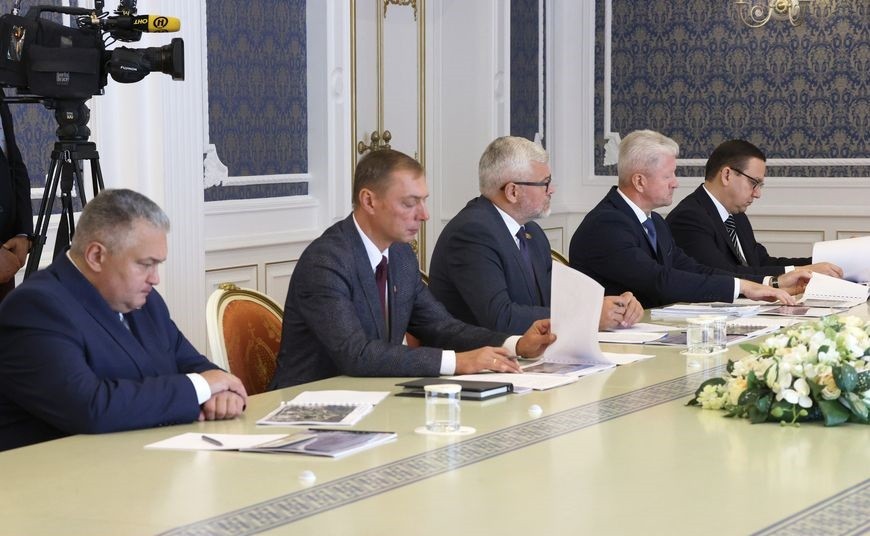
The National History Museum will be located in the Tsentralny District of Minsk within the area of Pobeditelei Avenue, Orlovskaya Street and the Svisloch River. The People's Unity Park will be built on the former Dreamland Park site to become part of the open water-green space of the city.
The new building of the National History Museum will have the shape of the map of Belarus. The exposition of the museum will boast exhibits and information about the history of the Belarusian lands from ancient times to the present.
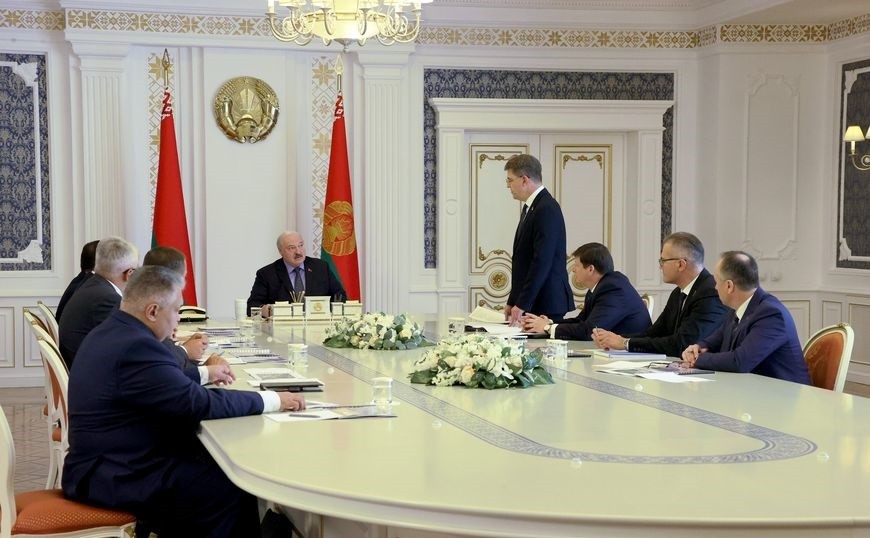
According to Minsk Mayor Vladimir Kukharev, plans are in place to develop a museum and park ensemble on the area of about 31 hectares and call the site the People's Unity Park. No other construction projects are underway on this area. The area will be landscaped to feature a new park and a museum. “It will be a symbol of our country,” Vladimir Kukharev added.
